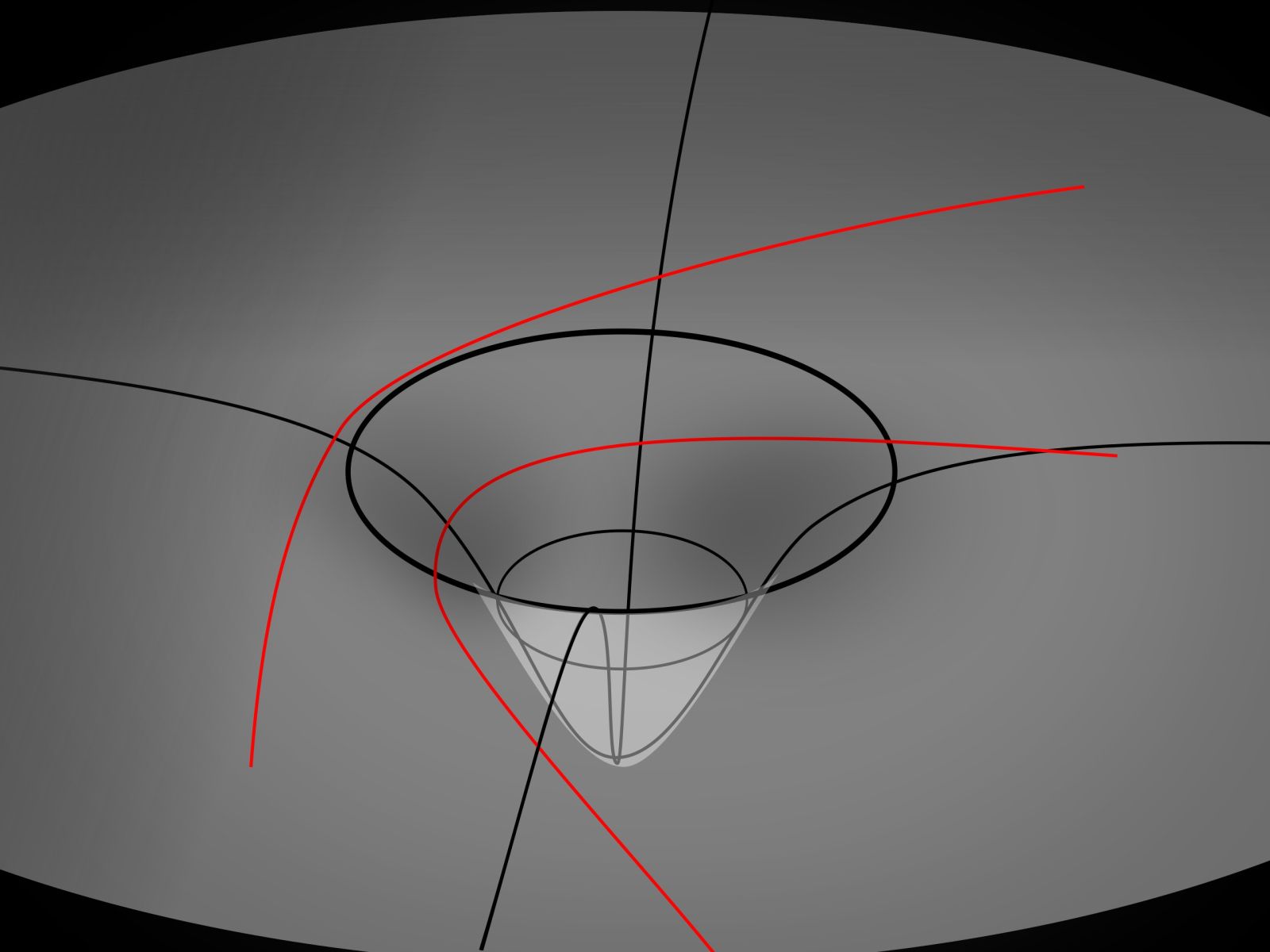🌀 Dark matter could reveal a fifth fundamental force of the Universe
Follow us on Google News (click on ☆)
An international team led by the University of Geneva has undertaken to study the behavior of this elusive matter on a cosmic scale. The researchers were particularly interested in how dark matter reacts to gravitational wells, those distortions of space-time created by massive objects like galaxies.
By analyzing the movement speeds of galaxies across the Universe, they were able to deduce how dark matter behaves in regions of strong gravity.
The results published in Nature Communications reveal that dark matter indeed appears to follow Euler's equations, those mathematical principles that describe the motion of fluids in classical physics. This discovery indicates that this invisible matter moves through gravitational wells in a manner similar to ordinary matter, responding primarily to the force of gravity. The researchers systematically compared the depth of gravitational wells with galaxy speeds to establish this correspondence.
Strangely, the study also opens the door to the possible existence of a fifth fundamental force that could act on dark matter. Current analyses indicate that if such a force exists, its intensity could not exceed 7% of that of gravity. This margin of uncertainty motivates the continuation of research with more sensitive instruments, capable of detecting more subtle effects.
The next generations of cosmological observatories like LSST and DESI promise even more precise measurements. These instruments will be able to detect forces representing only 2% of gravitational intensity, thus offering a finer view of dark matter's behavior. This technical improvement could definitively settle the question of the existence of additional interactions affecting this mysterious component of our Universe.
Gravitational wells and cosmic structure
Gravitational wells are regions of space-time where the curvature created by the mass of celestial objects produces an attractive effect on surrounding matter.
In the Universe, these wells form around any massive object, from stars to galactic clusters. The greater the mass, the deeper the well and the farther its detectable influence extends into space. Entire galaxies can thus be attracted toward these regions of high gravitational density, shaping the large-scale structure of the cosmos.
Studying the motion of matter in these wells allows scientists to map the distribution of invisible mass. By observing how galaxies accelerate when approaching these regions, researchers can deduce the presence and behavior of the dark matter that dominates these interactions.
Understanding these gravitational mechanisms is essential for reconstructing the history of cosmic structure formation. Each gravitational well tells part of the story of the Universe's evolution, from the Big Bang to the current structuring of the cosmos we observe today.
